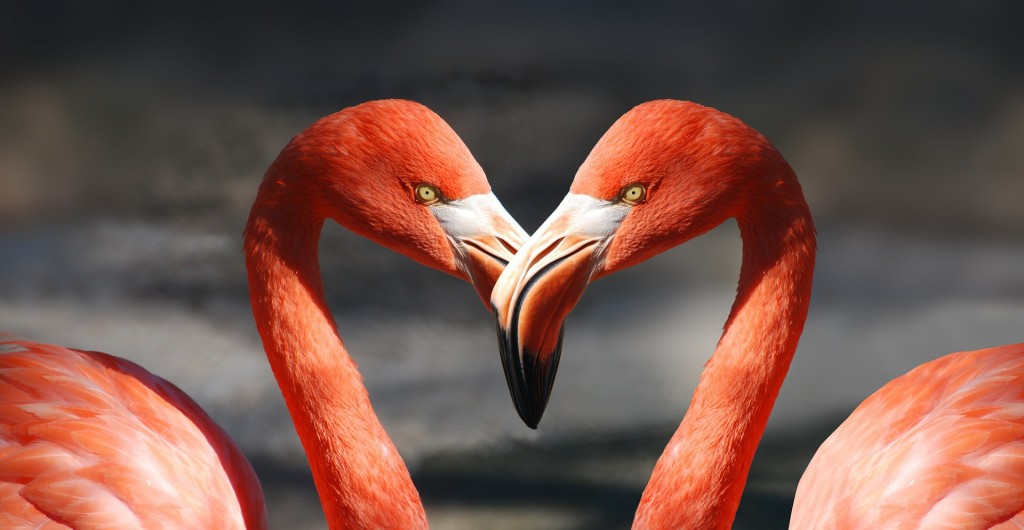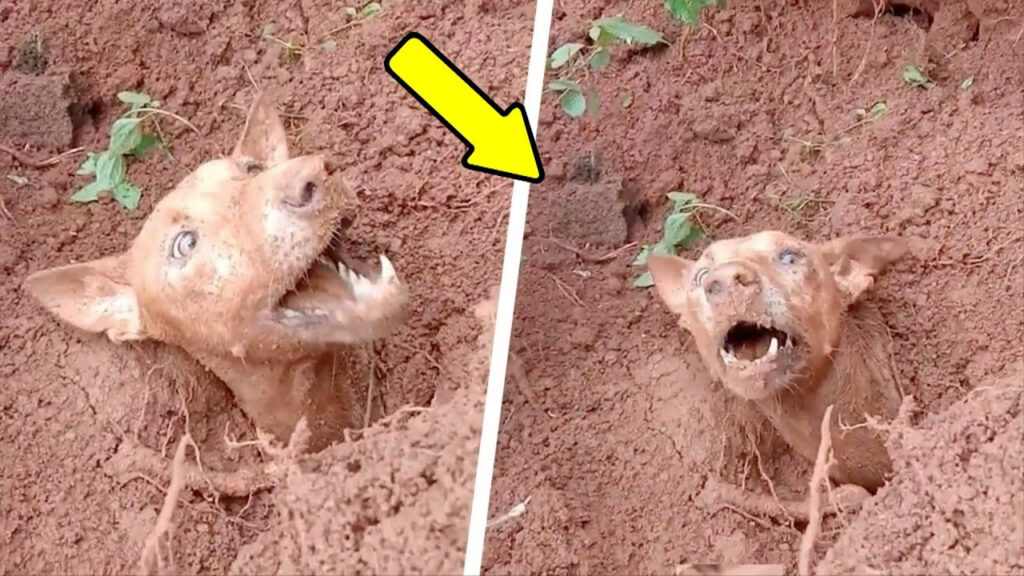
7 Fascinating Facts About Animals You Never Knew Existed
Introduction
Importance of Animals in Our Lives
Overview of Fascinating Animal Facts
1. Animals and Their Amazing Adaptations
Camouflage in the Animal Kingdom
Unique Survival Techniques
2. The Role of Animal Shelters
Finding Animal Shelters Near Me
The Impact of Shelters on Local Communities
3. Exotic Pets: The Fascinating World
Popular Exotic Pets
Legal Considerations for Keeping Exotic Animals
4. Wild Animals and Their Habitats
Understanding Animal Control
The Importance of Conservation Efforts
5. Animals in Pop Culture
Animals in Anime and Video Games
Animal Crossing and Its Impact on Animal Awareness
Conclusion
Summary of Fascinating Facts
Call to Action: Supporting Animal Shelters and Conservation

Earth is home to more than one million known animal species, each representing an ancient tome of biological trivia. Much of this random knowledge gets lost in the ether, leaving us to speculate about things like dinosaur divorce rates or amphibian dance moves. But we still catch an awful lot, providing us with plenty of interesting—if not always actionable—facts about our fellow fauna.
The list of amazing animal facts below is a tribute to such trivia. From extinct penguins to newly identified wasps, these tidbits reflect the depth of our species’ curiosity about nature and our skill in shedding new light on it. As you peruse these facts, imagine all that went into discovering each one. We embrace their randomness here, but most hail from a robust body of knowledge about the animal in question.
So, without further ado, here are 36 weird animal facts that may interest you.
1. Octopuses have three hearts. One pumps blood around the body, while the other two pump it to the gills. Oh, and that blood is blue, thanks to high copper levels!
2. Owls don’t have eyeballs. They have eye tubes.
3. Polar bears have black skin, which helps them absorb heat from the sun to stay warm in an Arctic climate, and it likely protects the bears from harmful UV rays.
4. A human brain operates on about 15 watts.
5. Butterflies can taste with their feet, using something called chemoreceptors to help them identify plants. Females select the correct leaf on which to lay eggs by “drumming” it with their feet to release juices.
6. Animals with smaller bodies and faster metabolism see in slow motion.
7. Dogs’ sense of smell is about 100,000 times stronger than humans’, but they have just one-sixth our number of taste buds.
8. Reindeer eyeballs turn blue in winter to help them see at lower light levels. (They’re golden-colored in summer.) No other mammals are known to have this ability.
9. A single strand of spider silk is thinner than a human hair but also five times stronger than steel of the same width. A rope just 2 inches thick could reportedly stop a Boeing 747.
drawing of an airplane
10. The claws of a mantis shrimp can accelerate as quickly as a .22-caliber bullet. Scientists must keep them in thick plastic tanks because their punches can break glass.
11. A sea lion is the first nonhuman mammal with a proven ability to keep a beat. Scientists trained a female sea lion named Ronan to do it, and she then showed she could transfer that skill to a song with a different beat that she had not heard before.
12. Squirrels can’t burp or vomit, nor can any other rodent, which is why rat poison is so effective; other mammals tend to expel any toxic substance they ingest.
13. The extinct colossus penguin stood as tall as LeBron James.
14. Honeybees can flap their wings 200 times every second.











